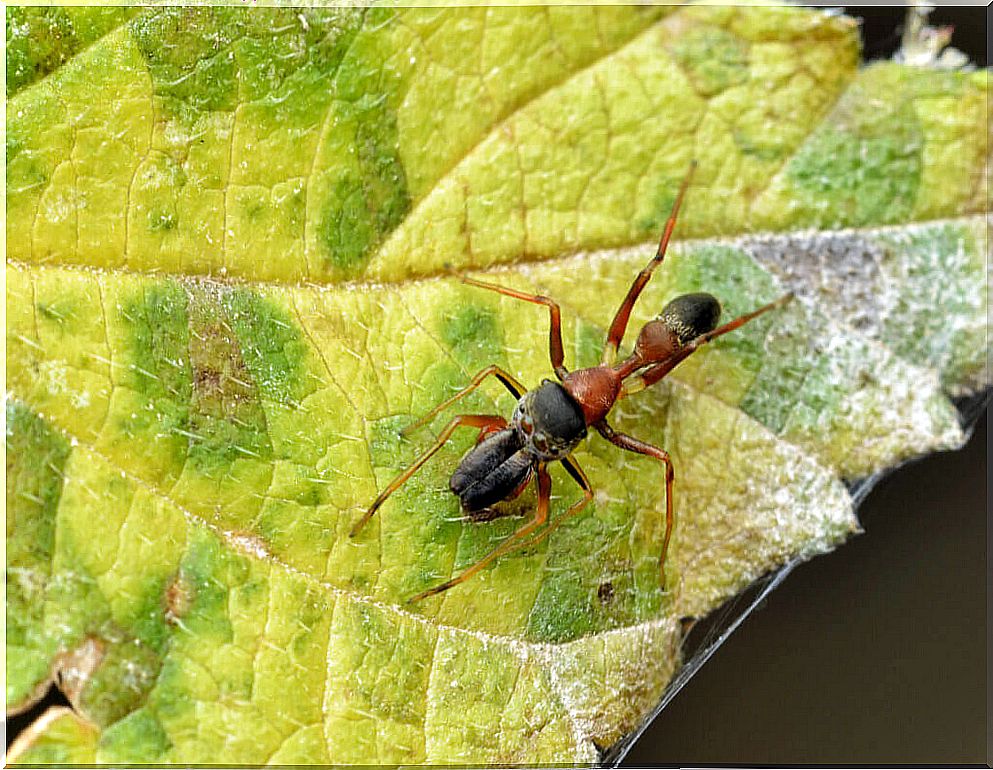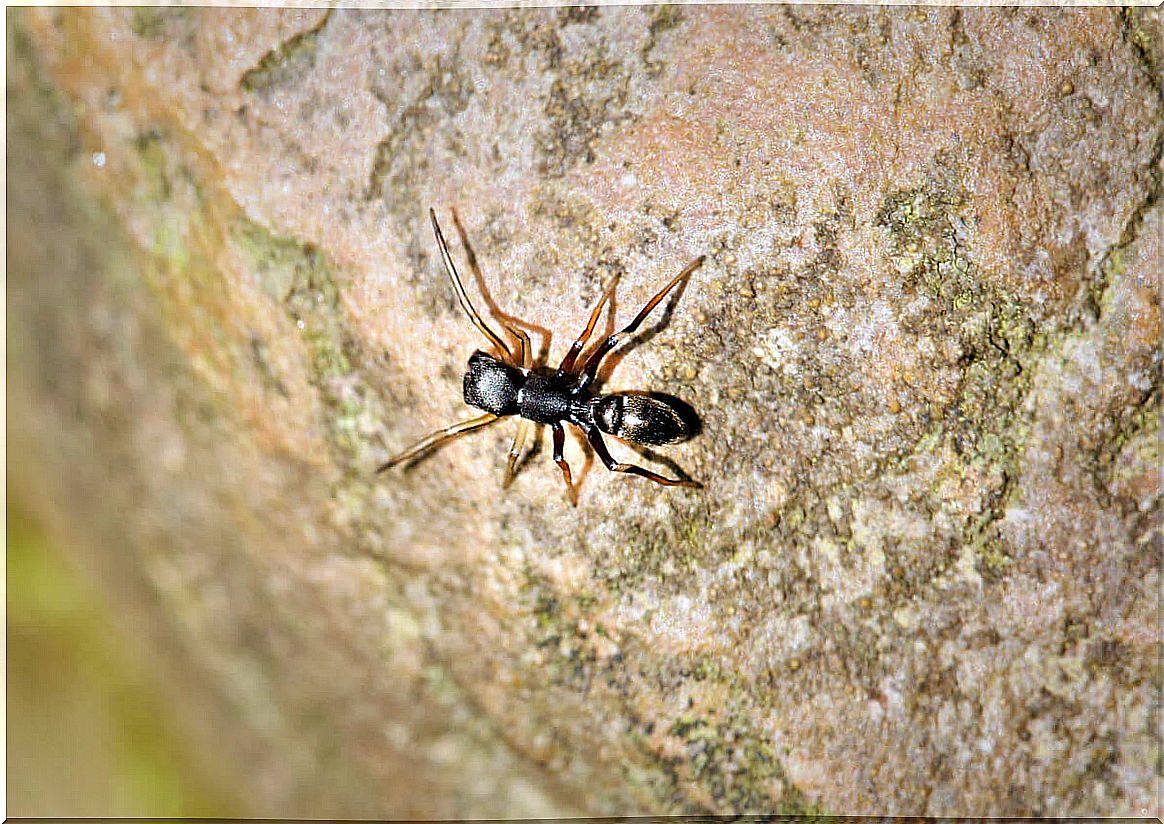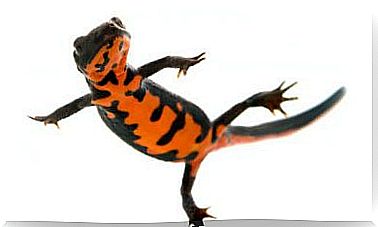Ant-like Spiders: Genus Myrmarachne

Myrmarachne is a genus of araneomorph spiders in the salticide family that stands out for its exceptional quality in the animal kingdom. Many of the species of this taxon are spiders that look like ants, both in physiology and behavior. As surprising as this may sound, there is a clear evolutionary reason.
Most animals that prey on ants (such as the anteater) are highly specialized in this type of diet, as they are quite unpleasant insects on the palate and, in many cases, aggressive and even toxic. For this reason, many invertebrates and vertebrates avoid ants when they are looking for prey to feed on.
the art of mimicry
Mimicry is the ability that some living beings have to resemble others. This term should not be confused with cryptsis, a phenomenon that is based on going unnoticed in the environment, such as, for example, the strategy followed by the stick insect or the leaf animal.
Many animals take on the appearance of others for various reasons: to appear dangerous when they really aren’t, to attract certain living beings for reproductive purposes, or to divert predators’ attention to other parts of their bodies, for example. This evolutionary strategy is widespread in nature.
Why look like an ant?
Looking like an ant can have several benefits in the natural environment. We can divide the reasons into two large groups, which are as follows:
- An animal can look like an ant to avoid being attacked. Formic acid is the main defense strategy of many ants, as it is inoculated with stings and causes a characteristic discomfort. Before ingestion, the predator may suffer salivation, vomiting, abdominal pain, burns and intense burning.
- An animal can look like an ant to attack real ants more easily. This is a kind of aggressive mimicry that helps the predator get closer to its prey.
There are a number of ant-like animals in various invertebrate taxa, including certain types of cricket, beetle, praying mantis, and stick insect (especially in the early stages of development) and, of course, several groups of spiders.

ant-like spiders
According to studies, it is estimated that more than 300 species of arachnids mimic ants in their behavior, physiology and response to predators. In turn, 14 genera of the Salticidae family adopt this curious strategy. Some of the changes undergone by these spiders are as follows:
- Spiders mimic the way ants move around. They move in a zigzag pattern, with stops and patterns typical of a real ant.
- In addition, they also position their forelimbs as if they were antennae. Spiders have 4 pairs of legs while ants have 3. So “pretending” to have antennae resolves this morphological difference.
- The body of these mimetic salticídeos is much longer than that of other arachnids, the allowing them to be more agile and fast time to escape predators.
Even so, it must be emphasized that not everything is an advantage. Ant-like spiders have much narrower abdomens and therefore lay far fewer eggs during reproduction. This is a clear example that, in nature, every adaptation comes with certain biological “disadvantages”.
A truly curious origin
As a last outstanding feature, it is worth noting that certain researches explore the evolutionary origin of spiders that look like ants. Some of these scientific articles argue that the existence of the hunting wasp may have been a clear incentive for the emergence of this strategy.
Pompilidae ( Pompilidae) is a family that includes more than 5000 species divided into 4 subfamilies. These Hymenoptera are famous for paralyzing spiders and laying eggs inside them. Thus, when the larvae hatch, they can feed on the immobilized arachnid.
These wasps locate spiders through visual clues. Thus, an ant-shaped arachnid can successfully confuse them and survive for another day. This is one of the hypotheses being formulated to explain this kind of mimicry, but it has not yet been confirmed.

As you may have seen, in nature, everything has a clear explanation and nothing happens by chance. Ant-like spiders had to sacrifice certain positive characteristics of their ancestral taxa, but at the same time, they managed to avoid the threats of various predators.









